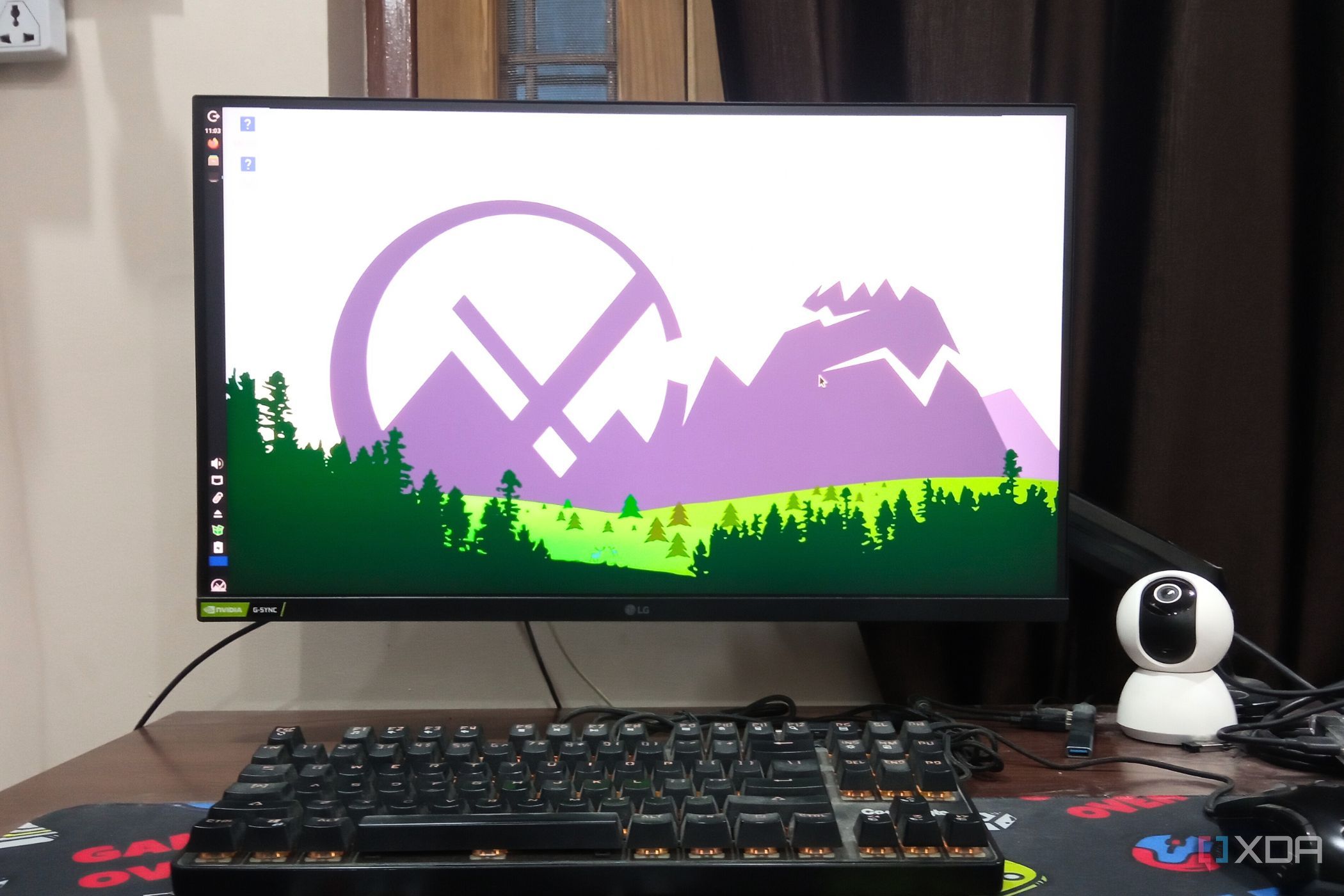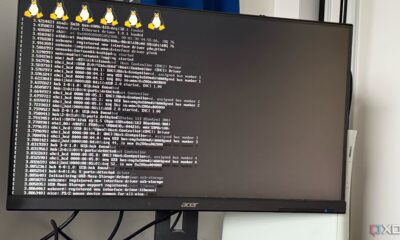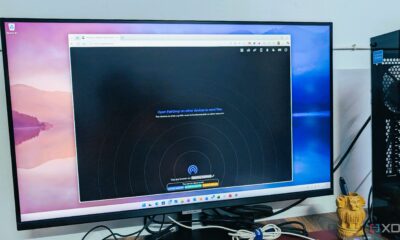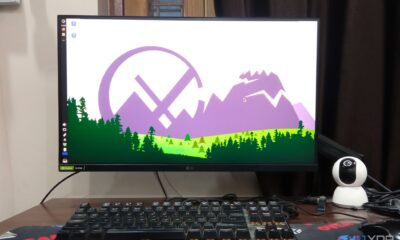Technology
Discover the Four Essential MX Linux Tools Missing from Ubuntu

The experience of using MX Linux has highlighted several tools that enhance system usability, tools that are noticeably absent when working with other Linux distributions like Ubuntu. As users increasingly seek a more intuitive operating system, the demand for graphical user interface (GUI) options is more pressing than ever. MX Linux provides various utilities that streamline tasks such as system backups, application installations, and boot configurations, making it a standout choice for many users.
Streamlined System Backups with MX Snapshots
One of the most significant features of MX Linux is the MX Snapshots utility. Users often face the frustration of system crashes that leave their operating systems unbootable. In such cases, reinstalling the entire system can be tedious and time-consuming. MX Snapshots addresses this issue by allowing users to create bootable ISO files that serve as complete system backups, including user data.
While alternative tools like Etcher provide basic ISO creation, they lack the comprehensive backup capabilities of MX Snapshots. The utility offers granular control over what to include in the snapshot, meaning users can exclude large applications or user accounts to reduce file size. This functionality is particularly useful for those who wish to transfer a system installation to another device without carrying over personal data. Although users must rely on a USB drive to restore from a snapshot, the peace of mind that comes from having a reliable backup option cannot be overstated.
Effortless Application Management with MX Package Installer
The MX Package Installer is another indispensable tool that simplifies application management. Unlike Ubuntu’s software center, which can be cumbersome and sometimes unreliable, MX Package Installer provides a more user-friendly experience. Users can easily browse and install applications from a pre-defined repository that includes over 3,200 apps, all categorized for quick access.
For instance, a user trying to install a resource manager app on Ubuntu may encounter numerous obstacles, such as failed downloads or complicated Flatpak setups. In contrast, MX Package Installer integrates Flatpak installations into its interface, enabling one-click installations without the need for additional configurations. This streamlined approach can significantly enhance the experience for new users transitioning to Linux.
Enhanced Boot Management with MX Boot
The MX Boot utility offers users greater control over the GRUB boot menu, an essential feature for those who dual-boot multiple operating systems. Many users experience challenges when attempting to configure boot settings, and MX Boot simplifies this process. With options to adjust kernel settings, themes, and boot menu timeouts, users can tailor their boot experience according to their preferences.
This utility is particularly beneficial for users reviving older hardware with MX Linux. By allowing adjustments to the boot menu’s appearance and functionality, MX Boot can make a significant difference in usability, ensuring that users have sufficient time to select their preferred operating system or kernel.
Comprehensive Customization with MX Tweak
Finally, MX Tweak provides a powerful platform for users seeking to customize their desktop environments. While the tool may initially appear overwhelming due to its extensive options across seven tabs, it ultimately empowers users to manage various aspects of their system appearance.
From adjusting panel visibility to enabling hibernation features, MX Tweak covers a wide range of functionality that enhances the overall user experience. This utility allows for personalized configurations that cater to individual preferences, making it easier for users to create a desktop environment that feels uniquely theirs.
The tools provided by MX Linux exemplify a commitment to user-friendly design and functionality. As more users explore different Linux distributions, the features of MX Linux could serve as a valuable benchmark for other systems like Ubuntu. By integrating such utilities, traditional distributions could significantly improve user experience, reducing reliance on third-party solutions and terminal commands.
-

 Technology5 months ago
Technology5 months agoDiscover the Top 10 Calorie Counting Apps of 2025
-

 Health3 months ago
Health3 months agoBella Hadid Shares Health Update After Treatment for Lyme Disease
-

 Health3 months ago
Health3 months agoErin Bates Shares Recovery Update Following Sepsis Complications
-

 Technology4 months ago
Technology4 months agoDiscover How to Reverse Image Search Using ChatGPT Effortlessly
-

 Technology1 month ago
Technology1 month agoDiscover 2025’s Top GPUs for Exceptional 4K Gaming Performance
-

 Technology3 months ago
Technology3 months agoElectric Moto Influencer Surronster Arrested in Tijuana
-

 Technology5 months ago
Technology5 months agoMeta Initiates $60B AI Data Center Expansion, Starting in Ohio
-

 Technology5 months ago
Technology5 months agoRecovering a Suspended TikTok Account: A Step-by-Step Guide
-

 Health4 months ago
Health4 months agoTested: Rab Firewall Mountain Jacket Survives Harsh Conditions
-

 Lifestyle5 months ago
Lifestyle5 months agoBelton Family Reunites After Daughter Survives Hill Country Floods
-

 Health3 months ago
Health3 months agoAnalysts Project Stronger Growth for Apple’s iPhone 17 Lineup
-

 Technology4 months ago
Technology4 months agoHarmonic Launches AI Chatbot App to Transform Mathematical Reasoning



















